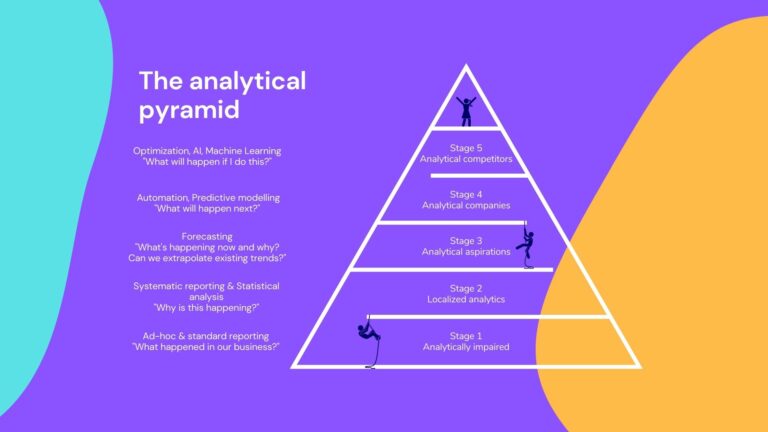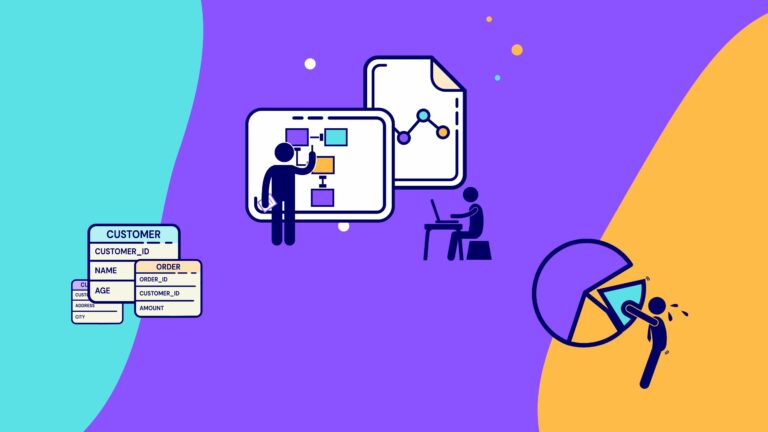How does Daana actually work?
But how?

Daana simplifies and automates the Data Warehouse pattern
- Subject-Oriented
- Integrated
- Time-Variant
- Non-Volatile
Daana automatically transforms lake data into a business representation of the information through the use of meta data only.
It won’t move data out of your cloud environment and will orchestrate your data pipelines.
Try Daana today!
Daana Atomizes Your Data Workflows
Daana’s pipelines operate on one to four attributes at a time – breaking through the complexity of your source data by dividing the process into a small unit. The number of attribute(s) in a unit won’t change over time, which means the complexity of a pipeline won’t grow over time. The metadata-driven algorithm then represent the data in a semantically and structurally source system agnostic physical data model, which handles changes of requirement in a non-destructive fashion and is resilient to the changing nature of operational source systems (e.g. CRMs, Billing, etc) feeding your analytical system. This means that the Daana implementation becomes easily maintainable, scalable, and changeable throughout its life cycle.
- Data pipelines focus on one attribute at a time.
- Metadata-driven algorithm to autogenerate your pipelines.
- Reassembles component data into a consistent model.
Reassembling the Data into Analytical Building Blocks
- Daana creates ready to use building blocks by using the metadata you’ve provided
- Daana enables both business & data lineage from reports to source
See how Daana works in five simple steps.
Want to know more indepth?
Yes! Sometimes, there are different ways of identifying the same thing. Imagine we have a Customer entity, we want to both be able to identify “a Customer” through CUSTOMER_ID and ORGANIZATION_NUMBER, because they represent the same thing. This is of course possible in Daana and the subsequent relationships that might use these different ways of relating Customer to other entities would automatically be resolved / handled in Daana.
You will, we believe strongly in data integrity and know that it’s business critical information that you own and will never be shared with third parties.
Daana utilizes one of the established Ensemble Modelling techniques called Focal Point modelling.
A model is supposed to be the business representation of the information, i.e. source system agnostic, sometimes this is also called the semantic representation of the information as opposed to storing the data in a system oriented fashion.

